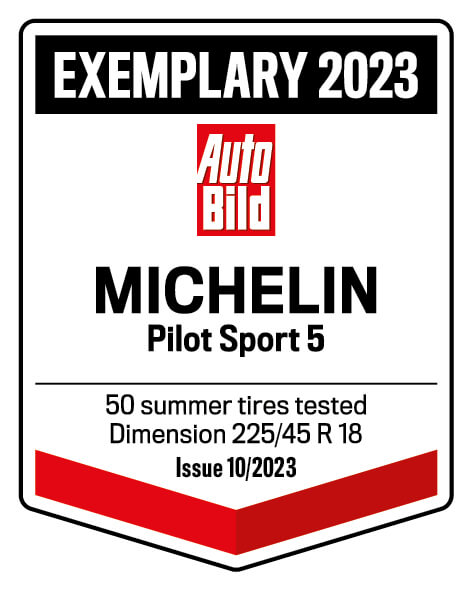Great Deals this October with up to £50 in gift cards and up to £40 off on selected brands. See all offers
- Find a Fitter
- Tyre Brands
- Offers
- Tyre Safety
-
Car Batteries and Accessories
Car Batteries and Accessories
Car Mats
By Popular Vehicle Makes
- European Driving Kits
- Winter Driving
- Breakdown
- Pet Travel
Travel & Touring
- Dash Cams
- Sat Navs
- Telephone & Charging
- Parking Sensors
- Trackers
Technology
Top brands, low prices
We stock some of the biggest and best tyre brands in the industry and they’re all available at affordable prices.
As we understand the sheer importance of quality tyres, you can choose between the likes of Michelin, Continental, Goodyear, Pirelli, Dunlop and Bridgestone.
All of our prices are all inclusive as they include fitting, balancing and disposal.
Next day fitting
Free next day fitting offered on the majority of orders, earliest fitting time will be listed on site at time of selection, delivery is subject to stock and stock location.
Fitted locally at a garage near you
Knowing what tyres to get for your car can often be a difficult task, what makes it even more daunting is the number of brands of car tyres to choose from. With plenty of reputable tyre manufacturers out there, RAC Tyres will make sure you choose the right ones for your vehicle. Offering a correct fit guarantee, our professionals utilise their skills and expertise to ensure that no wrong tyres are fitted.


















